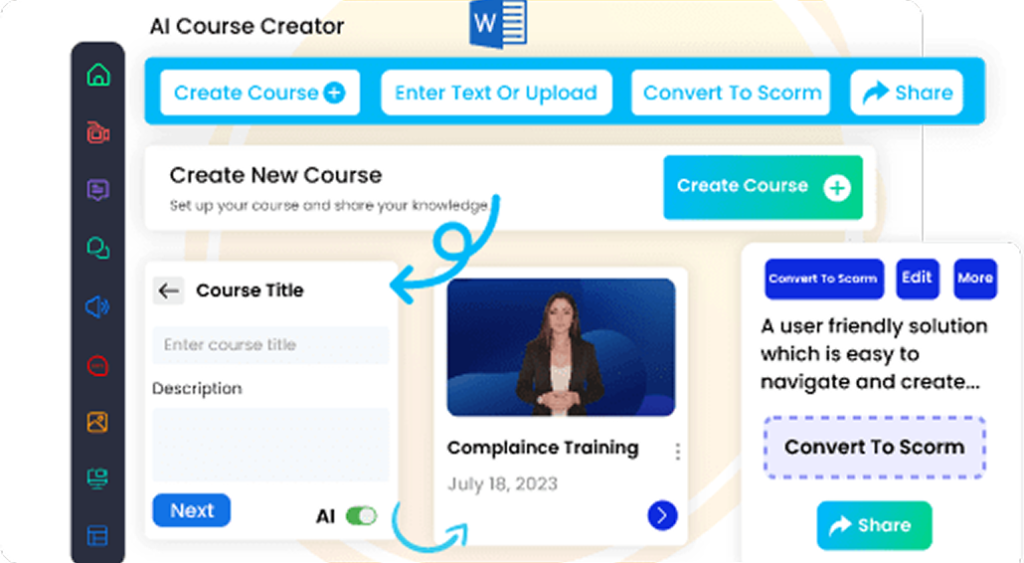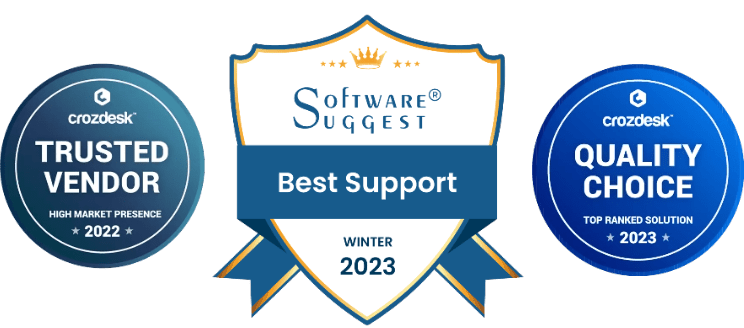Understanding the Different Types of Microlearning
Microlearning can be delivered in various forms, depending on the type of content and the learner’s needs. Let’s dive into the most popular types of microlearning used in workplace training:
1. Video-Based Microlearning
Video-based microlearning is one of the most engaging types of microlearning. Videos typically last between 1 and 5 minutes, offering quick, digestible content. Videos can explain complex concepts, demonstrate workflows, or provide instructional tutorials. This type of microlearning is ideal for visual learners and allows employees to learn at their own pace while still feeling engaged.
Benefits of Video-Based Microlearning:
- Highly engaging and interactive
- Perfect for visual demonstrations
- Easy to produce and consume
2. Infographics-Based Microlearning
Infographics are a great tool for condensing complex information into a simple, visually appealing format. In workplace learning, infographics can be used to highlight key processes, summarize policies, or present data in a digestible way. This type of microlearning is excellent for learners who prefer quick reference materials and visual aids.
Benefits of Infographics-Based Microlearning:
- Clear and concise presentation of information
- Ideal for summarizing complex ideas
- Highly shareable and easy to refer to
3. Text-Based Microlearning
Text-based microlearning uses written content, such as articles, blog posts, and eBooks, to deliver short and focused lessons. In the workplace, text-based learning can be delivered via email, intranet, or learning management systems. This format is ideal for learners who prefer to read or need to quickly refer to instructions, guides, or best practices.
Benefits of Text-Based Microlearning:
- Accessible and easy to create
- Perfect for providing in-depth explanations
- Can be used in any work environment, even without video/audio support
4. Gamified Microlearning
Gamified microlearning incorporates game elements into the learning process, such as scoring, points, and levels. This type of microlearning turns training into a competitive, engaging experience, motivating employees to complete tasks and track their progress. Gamified learning is particularly effective in training scenarios that require knowledge retention and application, like compliance or safety training.
Benefits of Gamified Microlearning:
- Boosts learner engagement and motivation
- Provides instant feedback and progress tracking
- Ideal for repetitive training content
5. Interactive Microlearning
Interactive microlearning involves learner participation through exercises, quizzes, and scenarios. It often requires the learner to engage with the content actively, which enhances retention. By embedding questions, real-life scenarios, or decision-making processes, this type of microlearning helps employees apply their learning in practical, real-world contexts.
Benefits of Interactive Microlearning:
- Active learning enhances retention
- Helps learners apply knowledge in real-time scenarios
- Engaging and immersive learning experience
Conclusion: Leveraging Microlearning for Workplace Success
Each type of microlearning has its own strengths and is suited to different learning objectives. By incorporating these various forms into your workplace learning strategy, you can enhance employee engagement, reduce training time, and improve knowledge retention. Whether it’s video-based learning for visual learners, gamification for motivation, or interactive exercises for hands-on practice, microlearning allows you to deliver training that suits your workforce’s needs.
Embracing microlearning in the workplace can revolutionize how training is delivered, making it more effective, accessible, and enjoyable for employees. Start integrating these different types of microlearning into your corporate training program today and see the difference it can make in your organization’s learning culture.























